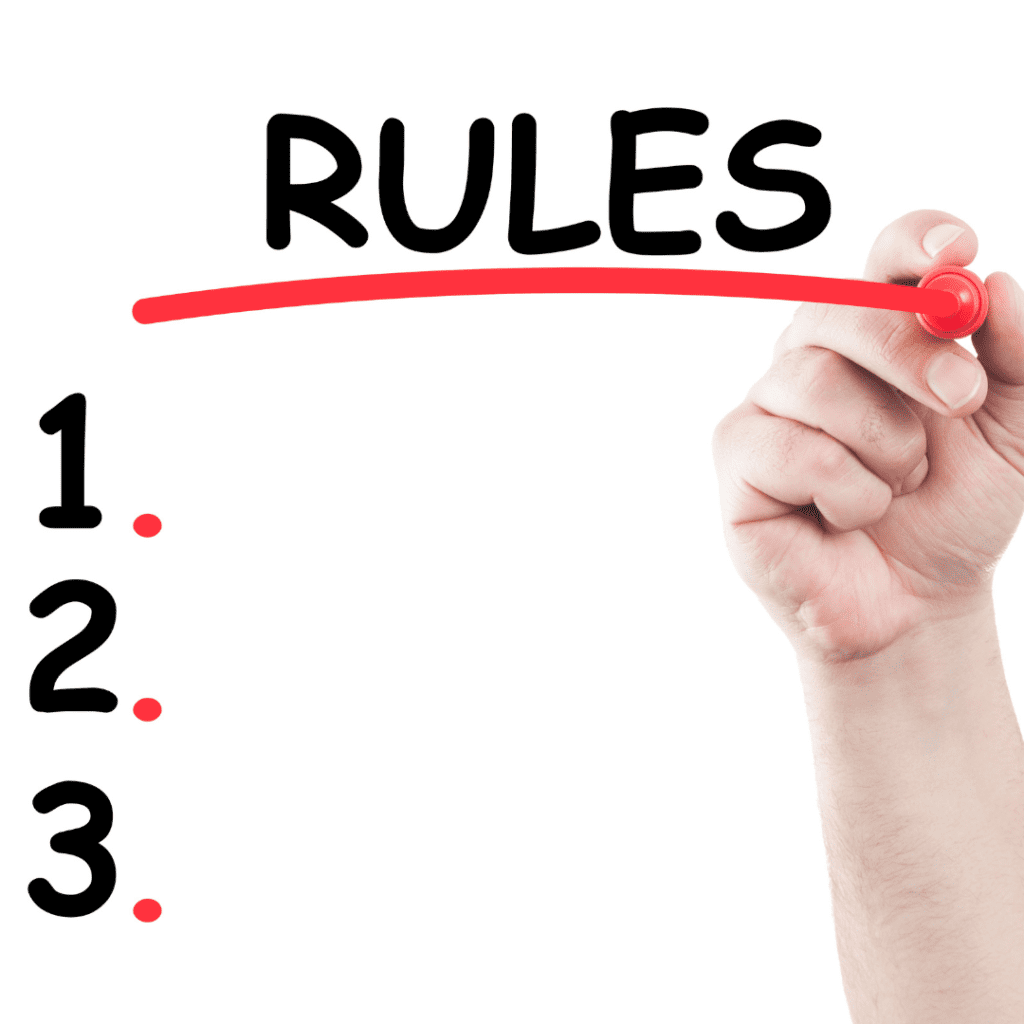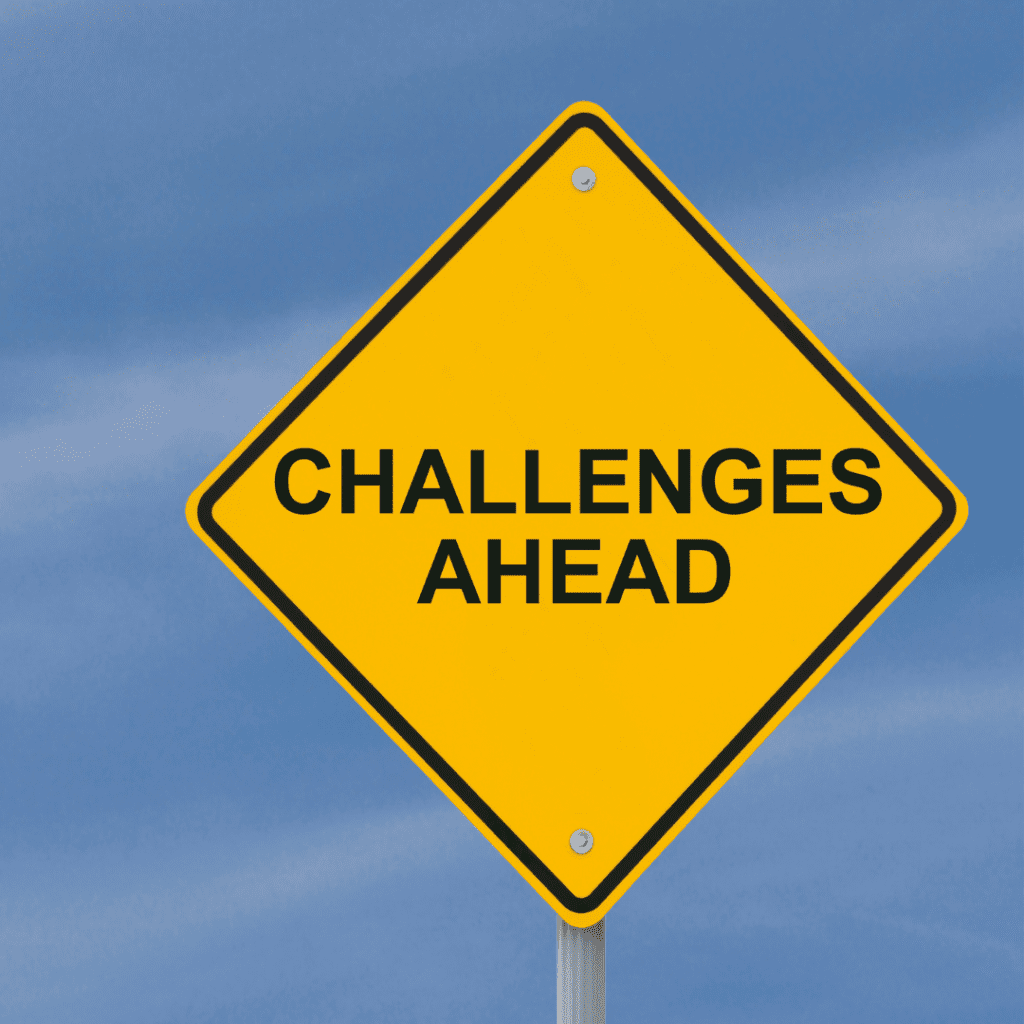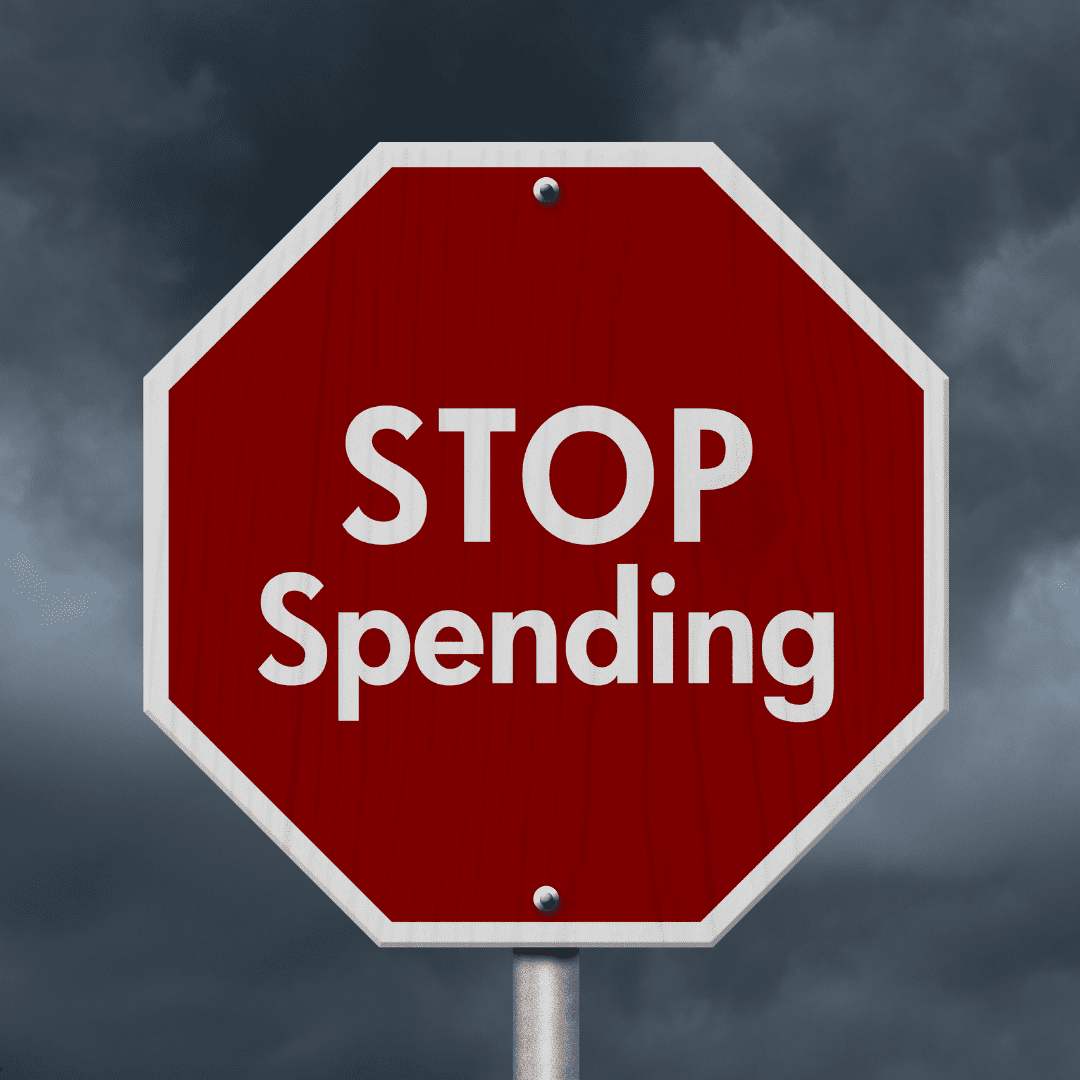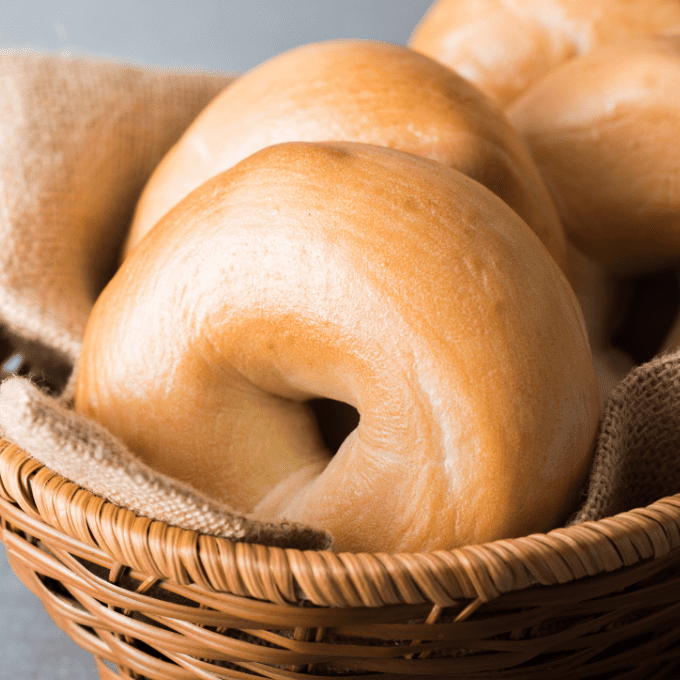No Spend Day Challenge
No spend challenges have been growing in popularity lately and they can be a great way to work on your spending discipline.
A No Spend challenge can be for any length of time (day, weekend, week, monthly, and yearly) and they work to help curb spending and change your spending habits. The most effective No Spend challenges involve specific rules and have a plan in place.
What counts as a No Spend Day?
Any day where you don’t spend money counts as a No Spend Day. Simple right? Well not exactly, you will still have to pay your monthly bills, put gas in your car, and buy groceries.
No Spend days work best when you have rules that are very specific to your challenge.

No Spend Day Rules
There are no concrete rules for a No Spend Challenge. The most effective way to get the most out of a challenge is to try to tackle a spending problem.
Common spending problems include buying coffee in the morning, eating out, buying books/clothing/shoes, etc. So, once we pick a spending habit that we would like to change, then we can set up specific terms for our challenge.
For example, if you notice your spending a lot of money for lunches by eating out every day at work and want to change this habit, then your rules will be very different than someone wanting to change their shoe buying habit.
It is not realistic or manageable to go from eating out every day to not eating out at all. The best way to curb this habit is to start small. For instance, we can start by taking one day a week that we will not eat out at work and swap it out for bringing lunch from home.
If you need ideas for taking lunch to work, check out “Cheap Lunch Ideas for Work” and “Easy Cheap Lunch Ideas for Men who Work Outside” to get some inspiration for packing your own lunch.
Once you identify the habit you want to change, think of specific rules that apply to that habit. If you want to stop buying audio books, then you may want to delete that app. If you want to stop buying makeup, it may be time to unsubscribe to email notifications from your favorite cosmetic companies.
Why do a No Spend Challenge?
A No Spend Challenge is very similar to working out at the gym. We are going to start flexing our no-spend muscle and make it stronger. We can’t go from a wimpy muscle to a super strong disciplined muscle overnight, we have to work at it.
No spend challenges are practices and pushes to keep flexing that no-spend muscle. The more no spend days that we can do, then we can work up to bigger and longer time frames.
Committing to No Spend Challenges can help you keep your budget in check. If you want to see if you can cut things from your budget, try going without them for a few days. This will really show you if this purchase every month is worth it. If you have issues sticking with your budget, read this article “8 Biggest Challenges of Sticking to a Budget” for helpful tips and tricks to stay on budget.
With commitment to change and growing discipline, we can learn to use our no-spend muscles more regularly.
When you start jogging for exercise, you don’t immediately start training for a marathon. You start by jogging for small increments and building up the time that you can jog. This is the same concept for a No Spend Challenge.

Will No Spend Days work?
No Spend Days are tough when you are not used to being restrictive of your spending. They call it a challenge for a reason! The more you try the more you will succeed.
Here are some tips to make No Spend Days more successful:
- Get a Buddy– two no spenders are better than one! Having someone that you can talk to and hold you accountable on your spending habits is super helpful. It’s pretty easy to fail a challenge and just write it off as stupid, but when you do a challenge with a friend, they can help you stay motivated to hit your goal!
- Get a Tracker– trackers are a perfect visual tool to track your progress and motivate you to keep going. This could start out with a calendar and some stickers. Later on, when you try to tackle bigger challenges like a no spend week or month, you can download trackers to color in that mark your progress.
- Save the Money- take the money that you would have spent, say that $5 coffee or $20 lunch, and apply that money to a sinking fund, debt, or to a long-term goal. The more you succeed in your No Spend Challenge, the more you will save towards your goals!
When we add more thought and prepare more for how we spend our money, we can change our money mindset. Check out this article “Value Based Spending & Changing your Money Mindset” for more information on making changes to how you feel about money and how you spend it.
How do you make No Spending days?
Deciding which days to do No Spend Challenges can be tricky. If you are just starting out with your first challenge, I would pick days that you know that you will succeed.
Going back to the no spending on eating out for lunch, I would pick a Wednesday just because it isn’t the start or the end of the week. You will have plenty of time to prepare a plan for a packed lunch and have time to go to the store.
Once you have a couple successful No Spend Days under your belt, then you can tackle more challenging days like Monday or Friday. Taking advantage of a Sunday afternoon to prep a couple lunches for the week will make a challenge so much easier to achieve.
Once you have really gotten the hang of packing your lunches, then you can start trying it out on harder days. This practice will show you that this plan is doable and that you can recreate it week after week. We are building better habits to change the habits we no longer want to keep

No Spend Ideas
The best preparation for any No Spend Challenges is having a list of ideas and plans to help you in your challenge. When you already have a list of options, it is a whole lot easier to stick to your challenge.
If you find yourself with no food in the house, then it will be really hard to pack your lunch. If you normally spend $100 a week on eating lunch out (5x $20) then try to only spend half of that amount in food at the grocery store to make your lunches. If you really want a hard challenge, try only spending $20 for the whole week for packed lunches and saving the other $80!
| Goal | Ideas |
| no fast food for dinner | -start meal planning -buy prepared frozen foods for nights you don’t want to cook -plan super easy meals like burgers or hotdogs on busy nights -utilize appliances you already own like a crockpot or air fryer -check out Pinterest for meal ideas ahead of time -check out “How to Save on Family Pizza Night” to curb those takeout orders |
| no shoes or clothing | -don’t use apps to look for clothing or shoe deals -unsubscribe from sales emails -do a closet purge so you see exactly what you already own -after the purge, put any unused or gently used items up for sale if you don’t think you will wear them. -check with friends about doing a clothing & shoe swap |
| no home decor | -avoid going to your favorite stores -revamp an existing item in your home -do a Spring or Fall cleaning purge checklist -rearrange your furniture in certain rooms to make a new look without buying anything new -check your closets for different linens, pillows, and accent pieces that you are not currently using. |
| no books or audio books | -read what you have already purchased -ask friends to borrow any books -go check out your local library -check out free book downloads/ or free podcasts by the author -go through your book library and purge any that you won’t read again -join a book club |
| no craft supplies | -find projects that work with what you have on hand -try upcycling materials to work with your craft -check out craft supply swap groups -take an inventory of your existing supplies and make plans to use them -sell or de-stash your existing supplies that you don’t use |
How Many No Spend Days should you do?
Just like a first time runner should take it slow, I recommend that all first time No Spend Challengers start small. Start with one day and make a plan. Not only are we trying to change habits, we are trying to grow our discipline.
It is so easy to talk yourself into a purchase, so now we are going to practice talking ourselves out of a purchase. We can save the item in our online carts, but not purchase. By taking time to really dwell on the purchase, a lot of times we are no longer interested in the item.
Online shopping is so convenient and so easy, that it has become the shiny bauble at the checkout line. Do you know why every register at a store is surrounded by merchandise? It is because the time to purchase is so soon, that the odds of you putting something in your shopping cart and taking it back out is very slim to none. There is very little time to change your mind.
Online shopping is so quick, and you don’t have lots of time to change your mind, so we just purchase right then and then regret it later. When you take more time on your purchases you typically will spend less, and you will buy less stuff that you may regret.

What is next?
Once you can achieve a No Spend Day, you can start to build up the practice. Next try a No Spend Weekend or two No Spend Days in the same week.
Once you have tackled weekends and multiple days in the same week, you are ready to try a No Spend Week. The longer you are able to go without spending means that your discipline and your confidence is growing.
If you can get through a week of No Spending, then you can do two weeks in a row, and before you know it you will be accomplishing a No Spend Month. Some people go even further and have No Spend Summers, No Spend Quarters, and No Spend Years.
Now you may benefit more from just cutting back a few spending days, or you may need to really tackle some long term no spending. Everyone’s plans and goals are different, so you need to really focus on what is important for you and your family.
If you are a huge over spender and have massive amounts of debt, this practicing of discipline in spending can not only help you stop growing your debt, but it can also help you to start paying that debt off.
If you are trying to purchase a house soon, having some No Spend Days can help you build up a savings for a down payment. Student Loans are going to start requiring payments again soon, so taking your eating out fund and putting it towards those student loans can keep you from having to make more money.
We can’t always make more money, but we can control what we spend our money on. If we decide to focus and really work on changing our habits, we can start building better habits that help us accomplish our short- and long-term financial goals!
Happy No Spending!







